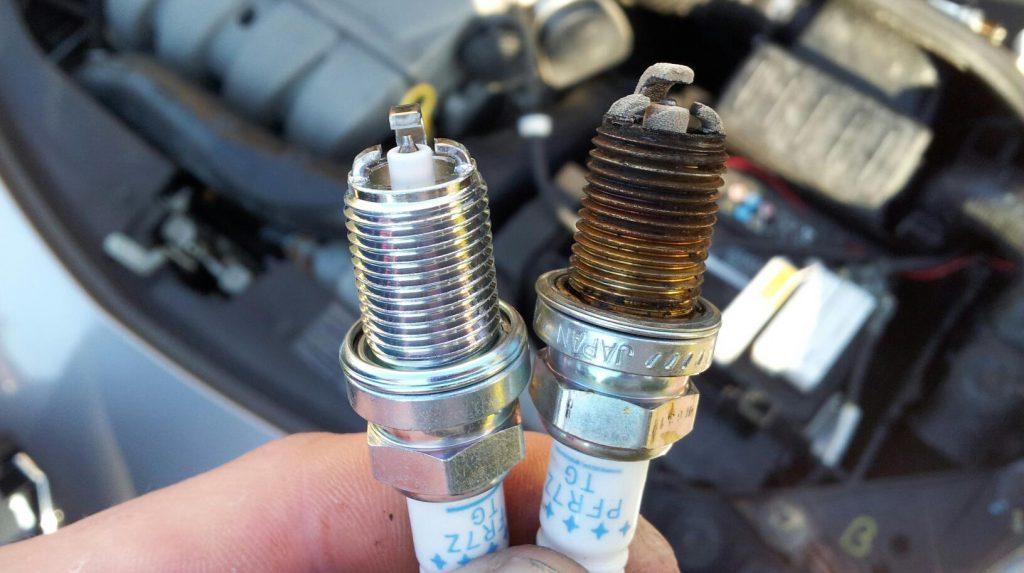How to Prepare Your Car for Long-Term Storage
Whether you're planning a long vacation or just tucking your convertible away for the winter, long-term storage of a vehicle requires more than simply locking the doors. Proper preparation will protect your investment from a drained battery to pest infestation and ensure your car is ready to hit the road when its long hibernation is over.
Here’s everything you need to know to properly store your car or truck for 30 days or more.
Gimme Shelter
Always store your car indoors. Prolonged exposure to sunlight, rain and snow, or even just extreme hot or cold temperatures, can cause paint damage, water leaks and even rust. If you must store the vehicle outside, park it on concrete or asphalt, as opposed to grass or dirt, to help keep moisture from seeping up and corroding the vehicle's underside.
A high-quality car cover that’s breathable yet waterproof is also a wise investment. It will protect the car’s paint, rubber and upholstery while preventing condensation buildup underneath, which can cause rust over time. A plastic tarp is never a good idea, as it will trap moisture and cause corrosion.

Clean Inside and Out
Before tucking your car away for a long slumber, give it a thorough cleaning. Dirt, grime, and other impurities can damage the paint over time, especially if the car is kept under a cover. Remove any road salt, tar or bird droppings, all of which can be corrosive, and apply a coat of quality wax for an additional layer of protection.
Vacuum the cabin thoroughly to remove all debris and food particles, which will attract pests like mice, ants or worse. Clean the upholstery and other surfaces to keep mold or mildew from forming and apply a leather or vinyl conditioner to prevent drying and cracking during storage.
If you live in a damp climate, placing moisture absorbers, such as silica gel packs, in the cabin and trunk will help keep those areas dry. Humidity inside the car not only encourages the growth of mold but weakens adhesives, which can result in problems such as a sagging headliner.
Protect Your Engine
It may seem counterintuitive to change your oil if you're not going to drive your car for a while. But you don't want dirty oil sitting in your engine for long periods, even when it's not in use. Changing the oil and oil filter before you store the car ensures the engine's internals remain protected. It's also easier on the engine when you fire it up again.
Likewise, check and top off other essential fluids like coolant, brake fluid and transmission fluid to recommended levels. If any fluids are due for a change, perform the maintenance prior to storing the vehicle.
To keep critters at bay, it’s important to block potential entry points into the engine, such as the exhaust pipes and air intakes, with rags or aluminum foil. Just be sure to remove those before you start up the car.

Prepare the Fuel System
Gasoline starts to break down after sitting for a month or two, accumulating moisture and degrading into gummy compounds that can clog fuel lines, filters and injectors. The presence of ethanol in modern gas only exacerbates this issue.
That's why you should always fill up the tank before putting your car in storage. This reduces the air space inside the tank, preventing moisture accumulation and subsequent rust formation.
Adding a fuel stabilizer also helps to ensure your gas remains fresh during storage. Note that it’s important to run the engine for a short period after adding the stabilizer. This allows the treated fuel to circulate through the system, providing protection from the tank to engine components.
Safeguard Your Battery
Disconnect the battery when you place your vehicle into long-term storage. This helps to preserve its charge and health over a longer period.
Small but continuous electrical draws from systems like the clock and the alarm can drain your battery in just a few weeks, leaving it too weak to start the car. In some cases, a deeply discharged battery can even become impossible to recharge, necessitating replacement.
If your storage location includes access to a power outlet, use a trickle charger instead. These devices, which cost as little as $20 to $30, keep the battery at an optimal charge indefinitely, ensuring your vehicle is ready to go when it's time to put it back into service.
Precautions for Tires, Brakes and Suspension
When a vehicle sits for a long period, its weight can cause flat spots where the tires touch the ground, especially if they’re low on air. To prevent this, be sure the tires are inflated at least to the manufacturer's recommended pressure before you store your car. You can even add an extra few pounds to be safe, just never exceed the maximum pressure stamped on the sidewall.
It's also important not to engage the parking brake during storage. Doing so could cause the brake pads and rotors (or shoes and brake drums) to become fused over time. Instead, use wheel chocks to hold the car in place.
Ideally, you should employ a quality set of jack stands during storage to mitigate these potential issues. Jack stands also relieve the pressure on the car's suspension components, prolonging their life.
By addressing these six simple areas you will stand a good chance of opening the door to your garage or storage area and being able to get right back on the road.


